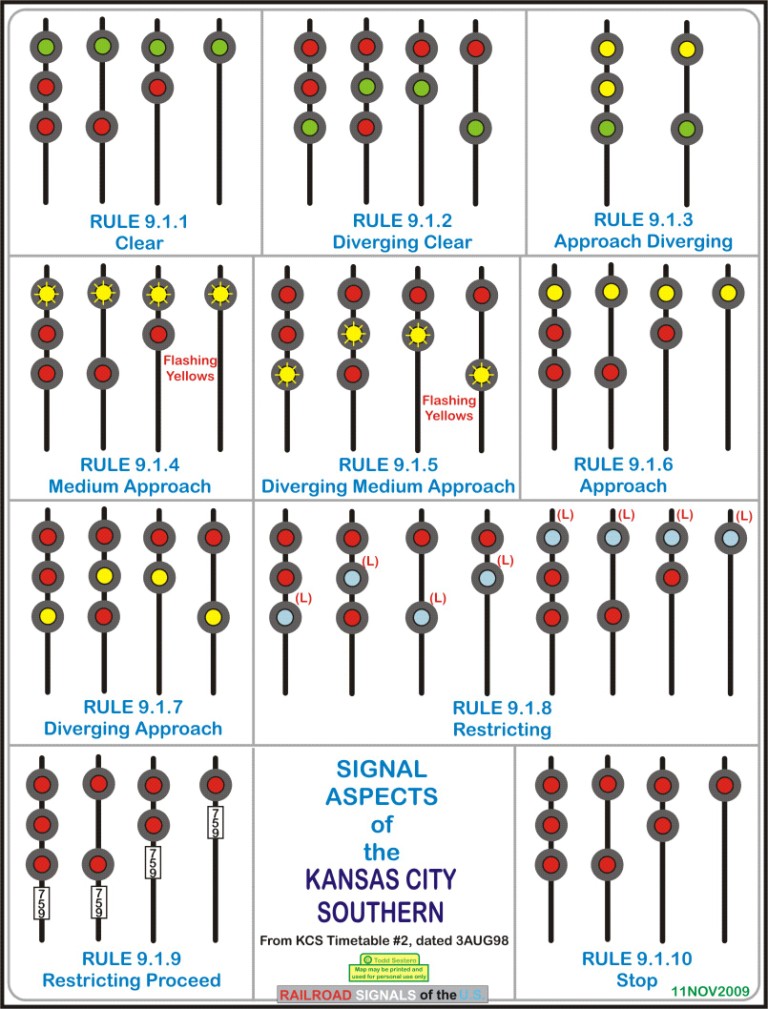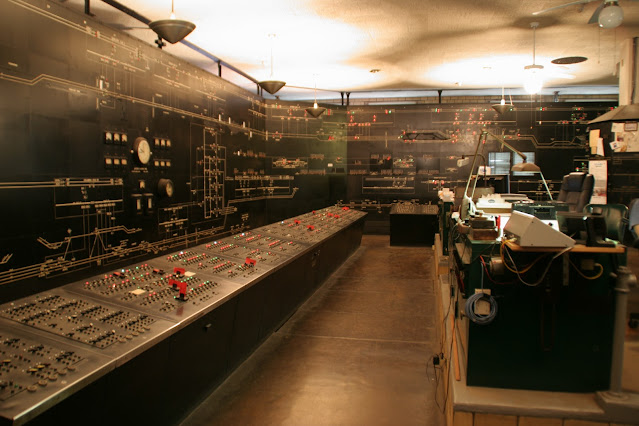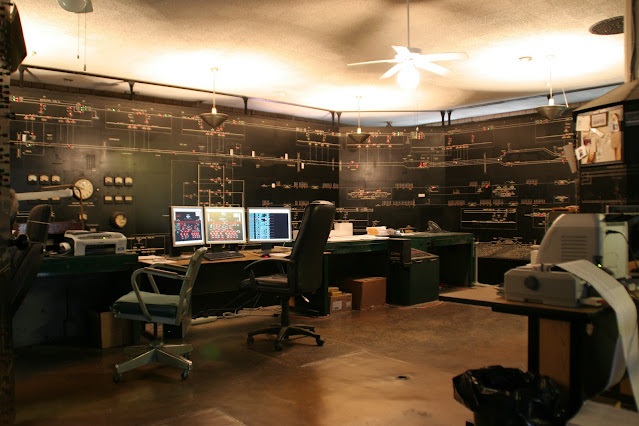GLENNWOOD JCT, aka WJ, is located in Pittsburgh's Glenwood neighborhood on the banks of the Monongahela River. Built in 1908 by the Baltimore and Ohio railroad, the tower remained in service for almost a century at the eastern end of Glenwood yard before closing in 2003. Like many towers, GLENWOOD JCT was first protected by the massive changes in the industrial economy in the 1980's and 90's before being ultimately ultimately done in by them. Shortly before its closure, one of my foreign correspondents asked for my assistance in visiting the tower while on a North American trip and they sent me the resulting photos after successfully charming their way inside. Twenty years later I was able to visit GLENWOOD JCT myself and combined with the interior photos I hope to cover the tower and its history before its increasingly likely demise.
 |
GLENWOOD JCT In Service in 2003
|
 |
GLENWOOD JCT out of service in 2021
|
GLENNWOOD JCT is frequently photographed due to its proximity to Pittsburgh's
Glenwood Bridge that provides an overhead view of Glenwood Yard. The tower is located on what was known as the CSX
P&W Subdivision, a line running to the north and west of Pittsburgh that was incorporated into the B&O in 1884, forming part of their westward main line to Chicago via Youngstown and Akron. The P&W is a slow, curvy route with access to downtown Pittsburgh via a several mile long stub end track that terminated at the
Grant Street Station. In 1934 the B&O negotiated trackage rights on the
Pittsburgh and Lake Erie between Braddock and New Castle, PA with the vast majority of B&O traffic eventually shifting to that route. This shift is what likely kept GLENWOOD JCT active into the 21st century as both the P&W route and passenger services into Pittsburgh became subject to disinvestment. This combined with CSX's general use of manned interlocking towers on its Main Line between Washington and Pittsburgh up into the early 2000's (with 2, WB in Brunswick and VI in Connelsville, lasting into the 2010's) to keep the tower open since there was a sufficient pool of operators.

GLENWOOD JCT closure came at the hands of the 1999 Conrail merger that shook up CSX's operations between the Northeast and Chicago. Renewed investment in the corridor closed many of aforementioned B&O main line towers and 20 years of Pittsburgh area deindustrialization rendered both the P&W Sub and the once prominent Glenwood Yard that it served, largely obsolete. A wholesale P&W abandonment north of the city was averted by a lease to the
Allegheny Valley Railroad. The one hiccup was the use of the P&W between Braddock and downtown Pittsburgh by Amtrak's Capitol Limited which pretty much required signaling on this part of the route. The solution was a complete removal of the interlocking plant and reduction of the line to a single CTC track, which showed exactly how little value GLENWOOD JCT had been providing to rail operations in the area. The AVR lease likely played a role in the tower's survival beyond its closure. AVR didn't own it so they couldn't demolish it, but it wasn't CSX's problem so no need to spend money to remove an asbestos trap. In 2019 AVR purchased the P&W sub outright so we will see if they find a use for the structure at Glenwood yard, demolish it or allow it to burn down "on its own".

GLENWOOD JCT is a 2.5 story wooden interlocking tower built in the B&O style with a variety of updates over its life. The tower consists of an upper operator's floor, a lower floor relay room and a concrete basement level that is only dug about halfway into the ground. This extra half story gives GLENWOOD JCT a noticeable bit of extra height. As the lower floors show no evidence of any mechanical lever frame or pipelines, it is likely that the tower was built was a state of the art power interlocking machine, most likely one from Union Switch and Signal as GLENWOOD JCT was located only a couple miles from US&S's manufacturing plane in Swissvale, PA.

At some point the original interlocking machine was replaced by a familiar US&S Model 14. The tower is also the quintessential example of Tower Window Syndrome as it was built with a fully windowed upper level that by 1983 had seen most of those covered over by solid walls and siding. By the 1990s the remaining full height drop-sash windows were replaced by half height replacement windows. This coincided with the tower being clad in CSX standard beige vinyl siding and the slate roof being replaced by asphalt shingles.
 |
Original windows
|
 |
Many full height windows boarded up
|
 |
Cheap replacement windows fitted.
|
Despite all of the modifications, the neglect of the past 20 years is allowing some of the original wooden features to shine through.



GLENWOOD JCT was built on a double track main line that was converted to bi-directional operation around 1980's, likely in conjunction with the expanded
PATrain commuter rail service. (See
my article on LAUGHLIN JCT for more information about the notable interlocking two miles to the west.) On the main line (P&W Sub) GLENWOOD JCT had both an east and west end, each covering a crossover and a yard access track. The west end was surrounded by a pair of B&O CPL bracket masts while the east end had a single signal bridge with the westbound home signals and eastbound exit signals that supported the bi-directional operation to the P&LE junction BRADDOCK. The inner and outer controlled signals at GLENWOOD JCT created the short signal block in turn motivated the 6 orbital complete B&O CPL at LAUGHLIN JCT as trains approaching GLENWOOD JCT from the west could get a Slow Approach at the 36L or 40L signals for a stop at the 44L or 42L signals which necessitated the use of Approach Slow and Medium Approach Slow (the 11 and 7 o'clock orbitals) at LAUGHLIN JCT.


















